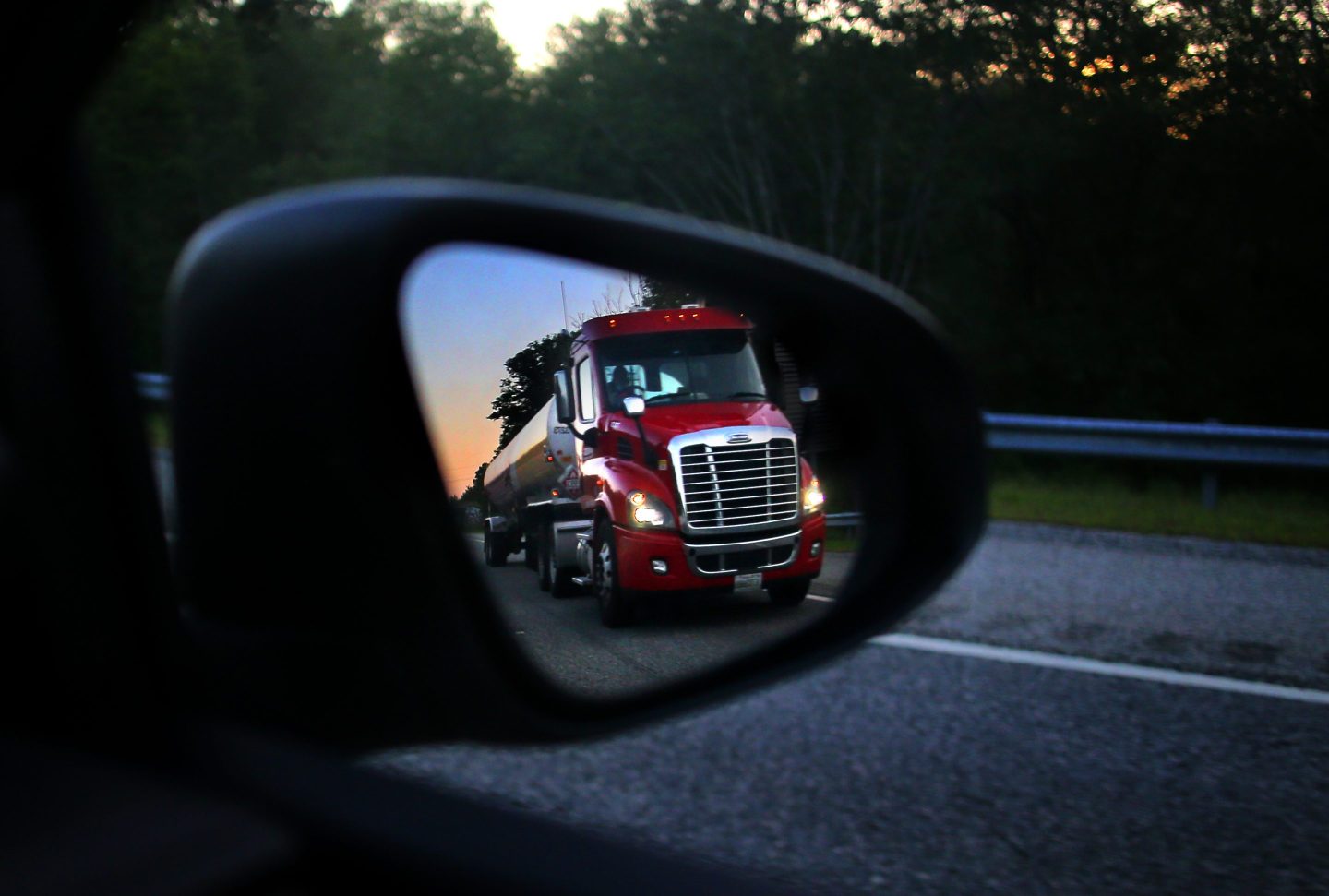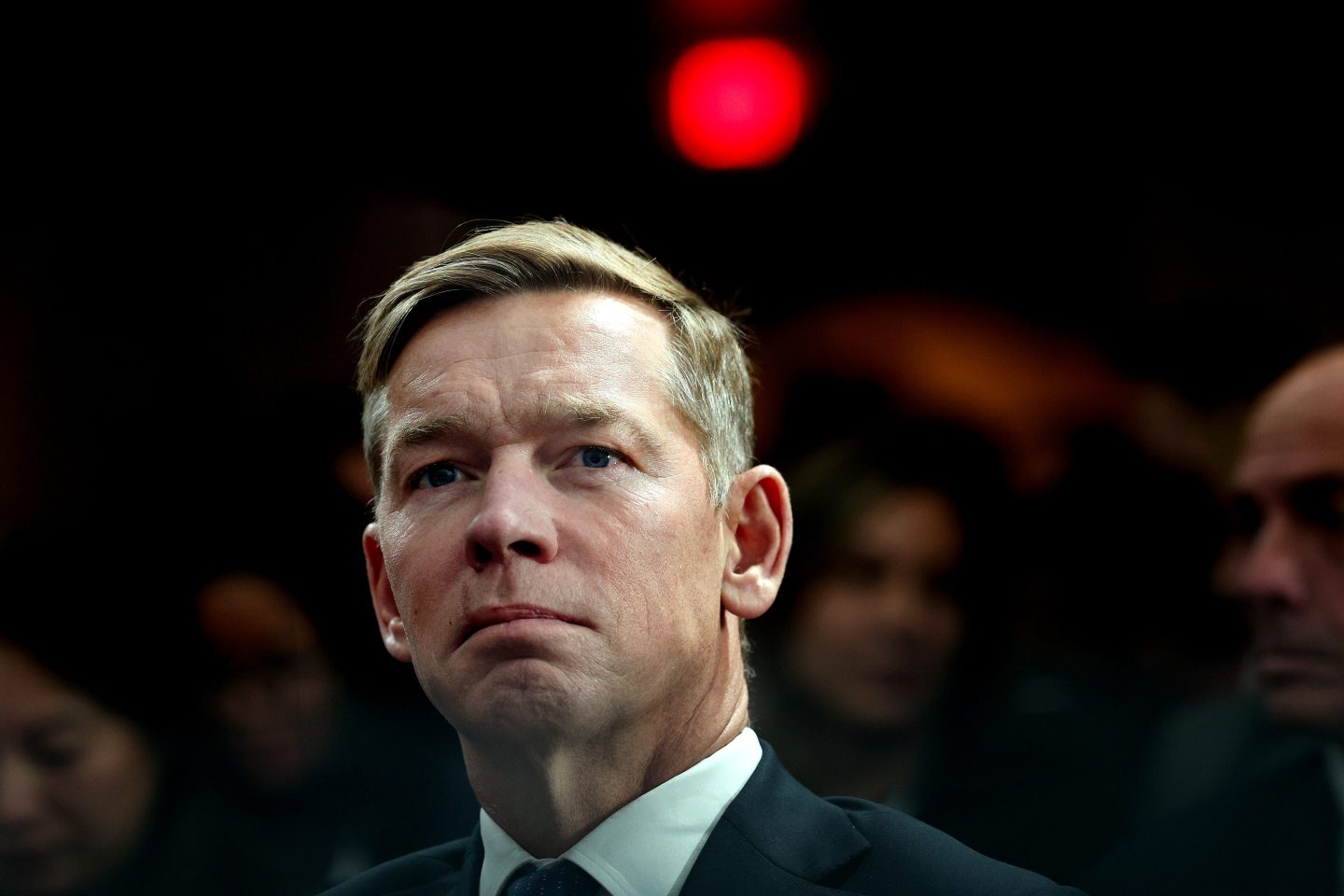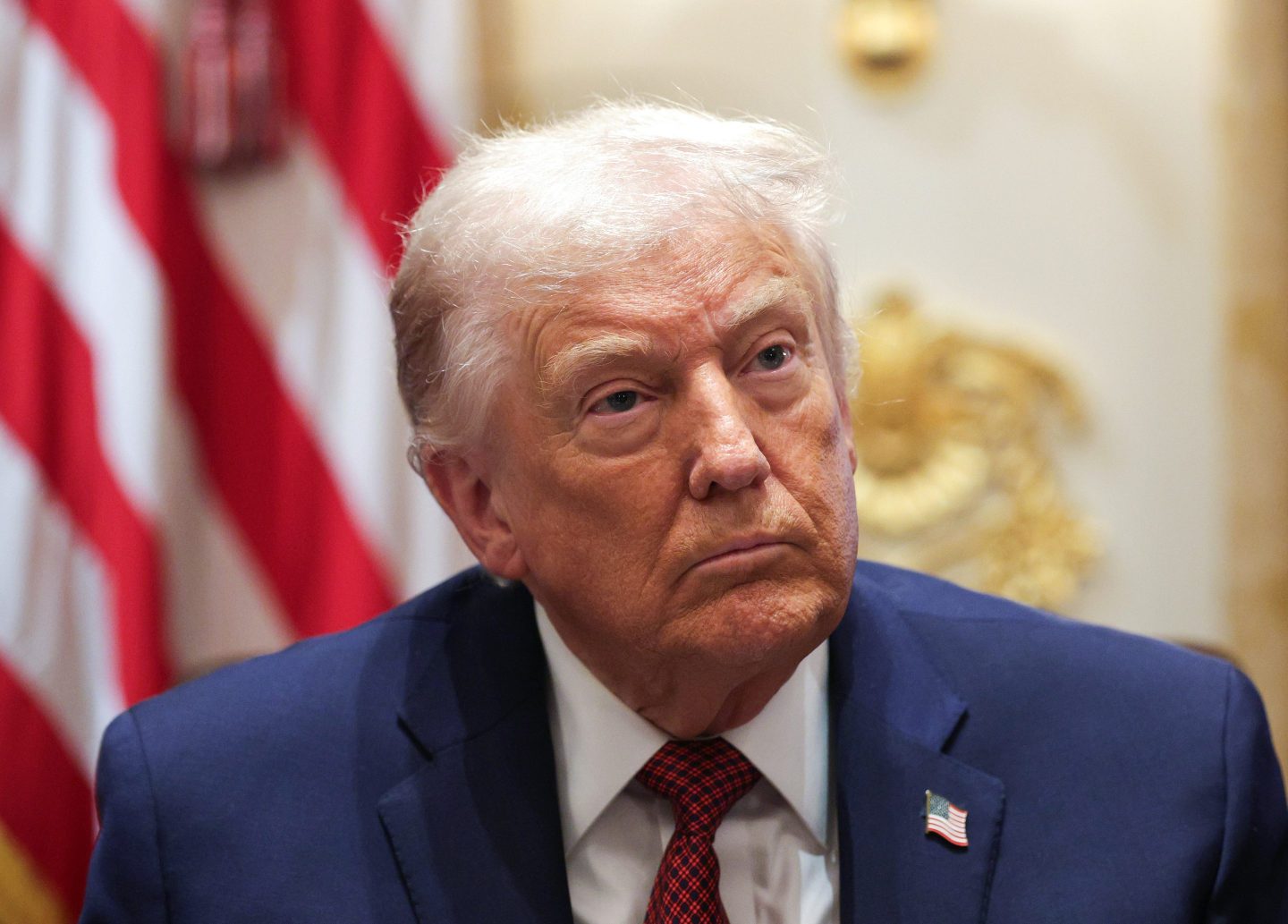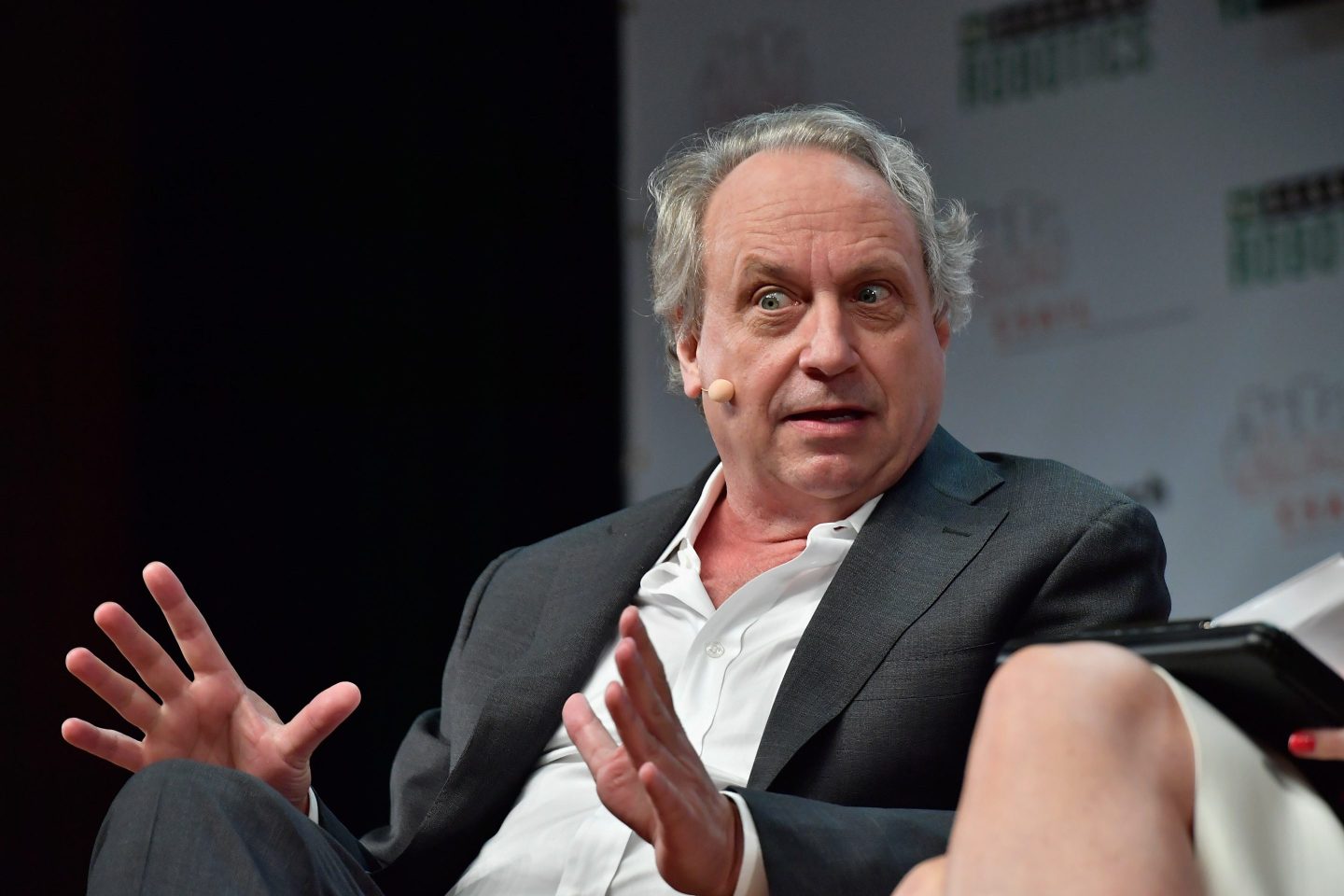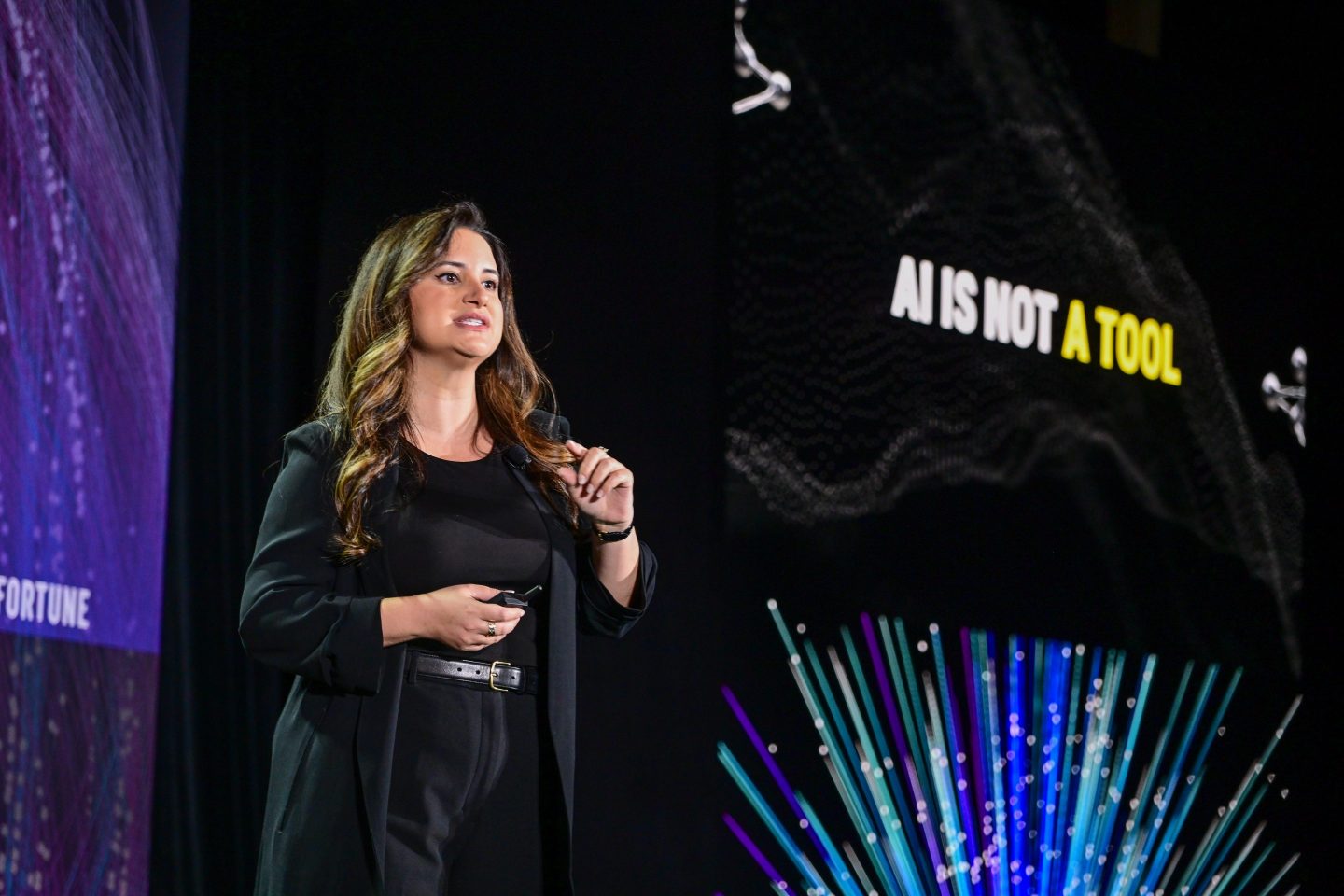The United States moves nearly $18 trillion worth of goods annually, the vast majority of it via truck or rail. While a well-functioning freight transportation system is essential for the American economy, federal policy has created a massive economic distortion that costs taxpayers tens of billions of dollars annually while making our roads more dangerous, more congested, and contributing significantly to greenhouse gas emissions.
The problem stems from a fundamental inequality in how America funds freight transportation infrastructure. Railroads privately own and maintain virtually all of the U.S.’s 140,000 miles of track and invest over $23 billion annually—nearly $170,000 per track mile—to maintain it, which makes rail one of the most capital-intensive industries in the country.
However, trucking operates on 4 million miles of public highways, and here’s where the economics become problematic.
When the government created the interstate highway system, it intended for the gas and diesel fuel tax to pay for the cost of the damage trucks inflict on public roads, but these days the revenue it generates doesn’t come close to doing that. Hiking that tax — frozen at 22 cents per gallon since 1993 — is widely politically unpopular on both sides of the isle. Federal, state, and local governments spend $250 billion annually on roads, and truck freight accounts for 40% of all road maintenance costs.
However, the tax on diesel fuel and gasoline cover only 80% of total road expenses, and the proportion falls each year. The federal government now transfers more than $40 billion annually from the general fund to the Highway Trust Fund, with approximately $10 billion of that representing a direct subsidy to the trucking industry.
In effect, taxpayers are subsidizing the trucking industry which imposes enormous costs on society, while the more efficient rail industry receives virtually no public infrastructure support.
The external costs of this subsidy extend far beyond the price tag. Trucking is by far the most dangerous freight mode. Over 40,000 people died on American highways in 2023, and trucks accounted for 13% of these deaths. Fatal accidents caused by trucks have increased over 20% in the last decade, while rail has seen a 43% reduction in accident rates since 2005 and currently has a far lower fatality rate per ton-mile.
Trucks also add greatly to road congestion and traffic: While they account for just 7% of road miles traveled, they cause 28% of total congestion time on the nation’s roads. The typical driver spent over 63 hours stuck in traffic in 2024, with truck-induced congestion being a major contributor.
The environmental impacts of trucking make its enormous government subsidy even more absurd. Highway transportation accounts for roughly 30% of all U.S. greenhouse gas emissions, with trucking representing a quarter of that total. By contrast, rail freight is four times more fuel-efficient than trucking and produces 75% less greenhouse gas emissions per ton transported. The Congressional Budget Office calculated that trucking has an average external cost borne by society of 0.4 cents per ton-mile, while rail’s external cost is 0.8 cents. Put differently, Trucking is five times more expensive to society than rail.
These disparities exist because of infrastructure ownership models: Trucking companies don’t invest in roadway infrastructure—the government handles construction, maintenance, expansion decisions, and financing. These government subsidies allow the industry to avoid the capital investment and strategic planning required of other modes while enjoying universal access to virtually every business in America.
Rail, meanwhile, must justify every mile of track economically or risk stranded investments in fixed infrastructure. This market-enforced discipline has led to what is widely considered the largest, safest, and most cost-efficient freight rail system in the world.
The path forward requires political courage. Congress should replace the diesel fuel tax with a Vehicle Miles Traveled fee for trucks, set at a level that internalizes the full infrastructure costs and external damages trucks impose on society.
Simultaneously, regulators should reassess the wave of new rail regulations—such as two-man crew restrictions and the Railway Safety Act—that would significantly increase rail costs while delivering minimal safety benefits. Rather than overregulating the safer, more efficient mode while subsidizing the more dangerous one, policy should encourage mode-neutral competition based on true costs.
At a time of record federal deficits, spiking highway deaths, and heightened concern about emissions, subsidizing truck freight makes no economic sense. Federal freight policy should encourage efficient, safe, and environmentally sustainable transportation by ensuring each mode pays its full societal costs.
